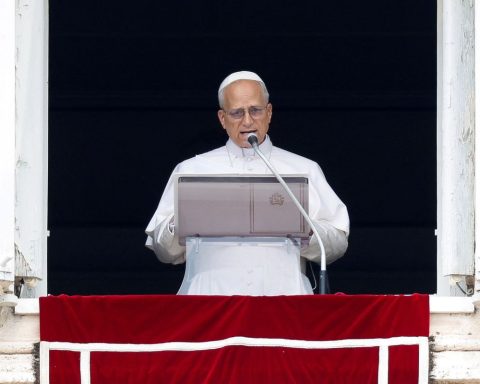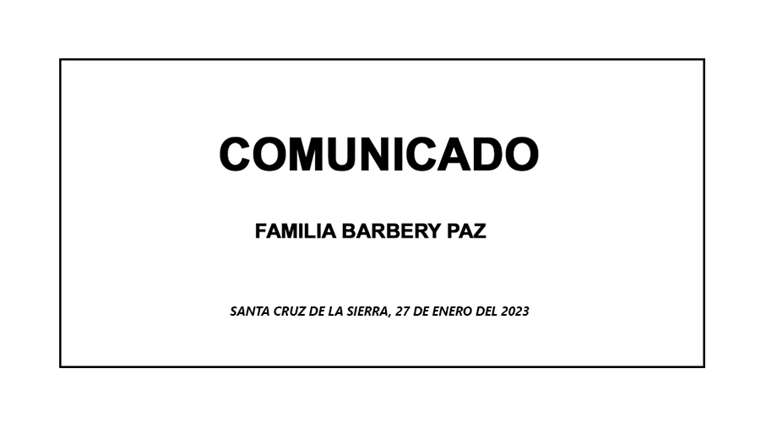Families and companies paid higher interest rates in December last year, according to Monetary and Credit Statistics released today (27) by the Central Bank (BC). The average interest rate for individuals on free credit reached 55.8% per year, an increase of 10.8 percentage points (pp) in the year, with emphasis on the increase in payroll-deductible loans (+5.1 pp).
In contracts with companies, the free rate grew 3.4 percentage points per year, reaching 23.1% per year. The highlight was increases in long-term working capital (+2.9 pp) and discount of trade notes and receivables (+4 pp). As a result, the average interest rate on non-earmarked credit increased by 8.2 pp in the last 12 months and reached 42% per annum in December.
In free credit, banks have the autonomy to lend money raised in the market and define the interest rates charged to customers. Directed credit, which has rules defined by the government, is basically intended for the housing, rural, infrastructure and microcredit sectors.
According to BC, in 2022, free credit to families reached R$1.8 trillion, which meant growth of 17% in the year, after variation of 23% in 2021.
“We highlight the expansion of non-payroll personal loans; payroll loans for civil servants, INSS retirees and pensioners; vehicle acquisition; and credit card. In December, there was expansion of 0.2%, with emphasis on payroll for public servants, purchase of vehicles and cash card. Also noteworthy is the seasonal effect of the reduction in modalities such as overdraft and revolving card ”, said the BC.
Free credit for companies reached R$1.4 trillion last year, an expansion of 9.9% in the year, slowing down from the 17.4% variation in 2021. receivables, acquisition of vehicles and working capital with a maturity of more than 365 days.
Reductions in the modality of working capital up to 365 days, external transfers and prepayment of card bills were also highlighted. In December there was an expansion of 2.7% in free credit to companies, especially for discounting trade bills and receivables.
In 2022, earmarked credit reached BRL 2.2 trillion, an increase of 14.3% in the year, accelerating after growth of 10.9% in 2021. 0.3% in 2021), while families grew by 17.9% (after an increase of 18.5% in the previous year). In the month, earmarked credit increased by 1.3%, with growth of 0.9% for companies and 1.6% for families.
Default and indebtedness
General credit delinquency stood at 3% in December, an increase of 0.7 pp compared to the end of 2021. In free credit, this indicator increased by 1.1 pp in 2022, ending the year at 4.2%, while in targeted operations there was stability in 2022, ending at 1.2%.
Household debt with National Financial System (SFN) credit operations reached 49.5% in December, down 0.2 pp in the month and up 0.3 pp in twelve months. Commitment to income increased 0.2 pp in the month and 1.8 pp in twelve months, closing at 28.2%.
Extended credit to the non-financial sector
In 2022, the credit balance extended to the non-financial sector reached BRL 14.8 trillion, which represents 150.1% of the Gross Domestic Product (GDP), an increase of 8.5% in the year, against 13.9% in 2021, highlighting the growth in national financial system loans, 14.2%, and public securities, 14.1%.
In the month of December, extended credit to the non-financial sector increased by 0.6%, with loans and financing and public securities changing by 1.3% and 0.4%, respectively.
ICC
The Credit Cost Indicator (ICC), which measures the average cost of all SFN credit, reached 21.4% per year in December, dropping 0.2 pp in the month and rising 3.1 pp in the year. In non-revolving free credit, the ICC stood at 28.2% pa, remaining stable in December and increasing 3.8 pp in 2022. spread overall ICC retraction of 0.3 pp in the month, and had an interannual increase of 1.4 pp
The average interest rate on loans ended 2022 at 29.9% pa, an increase of 5.6 pp after an increase of 6 pp in 2021. spread general interest rates on concessions stood at 19 pp, a change of 3.3 pp in 2022 after an increase of 1.4 pp in 2021. In the month, the indicators varied -1.1 pp and -1.3 pp, respectively.














